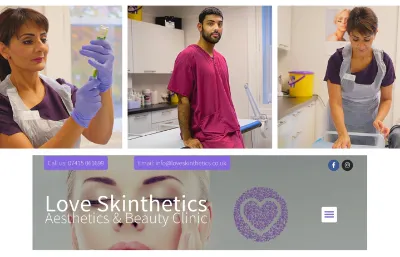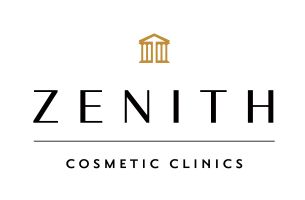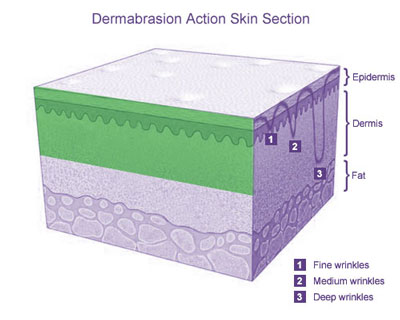Your first discussion with a surgeon should set out what you expect from the treatment and how you and your doctor see the procedure turning out.
A medical history should be taken, to ensure that there are no reasons why you shouldn’t have the treatment. You would also normally be asked to read detailed information about the treatment and sign a consent form, which means that you have understood the potential benefits and risks associated with a dermabrasion procedure.
Photographs may also be taken by the practitioner, as a “before and after” comparison at a later date.
You would normally be asked to stop taking any aspirin or aspirin like drugs a week or so before the treatment to reduce bleeding following the operation.
Beforehand, some practitioners like to use a test patch of skin, usually behind the ear, to show the patient how the technique works and check that you have no problems with scarring or pigment changes to the skin during the healing process.
Anaesthesia
The full treatment involves a local anaesthetic on the area to be treated, and it is usually combined with some form of sedation to make you feel drowsy and to lessen any pain or discomfort.
The procedure
The area requiring treatment is dermabraded using one or a combination of different types of dermabrasion (as described above) until the required depth of skin removal is reached.
This is a skilled technique which requires an experienced operator to use the machine and to judge how badly the skin is damaged and how much skin needs to be removed. Consequently, the procedure may take up to an hour and can be difficult. Dermabrasion generally causes a lot of bleeding, making it difficult to judge when to stop the removal of skin.
After dermabrasion, the bleeding may be stopped with cold compresses before a final dressing is applied.
Repeat procedures
A repeat procedure may be required a couple of months after the first treatment to enhance the results. Dermabrasion can be repeated every few years, or combined with other treatments to help maintain the initial effect.






